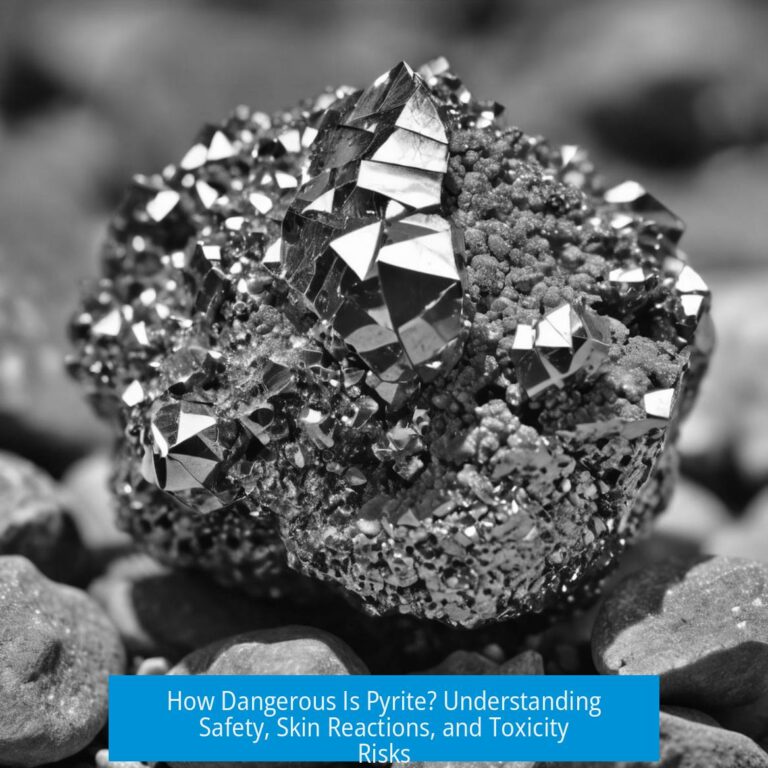Cheapest Way to Build an Ozone Generator
The cheapest method to build an ozone generator uses common household items like mason jars and tin foil combined with a high-voltage current limited power supply such as a neon sign transformer to create ozone through dielectric barrier discharge. This setup leverages simple materials and existing equipment to produce ozone cost-effectively at home.
Basic Materials and Setup
- Mason jars serve as the dielectric barrier chamber.
- Tin foil lines part of the jars to act as electrodes.
- A neon sign transformer provides a high voltage current limited power source.
- Ozone forms by dielectric barrier discharge between the foil and jar surfaces.
This method is straightforward if the transformer is already available. It allows safe containment while generating ozone for small-scale applications, such as air purification in bathrooms.
Main Ozone Generation Techniques
Ozone generators usually rely on two primary methods:
- Corona Discharge (High-Voltage): Requires pure oxygen gas to prevent nitrogen oxides formation. It uses electrical discharge across a dielectric barrier.
- Short-Wave Ultraviolet Light: Uses UV light to split oxygen molecules in air to create ozone. This method can use ambient air but typically generates lower ozone concentrations.
The DIY mason jar method uses corona discharge but with ambient air, which may produce minor nitrogen oxides alongside ozone.
More Advanced DIY Setup
For higher ozone concentrations, an improved homemade ozone generator can be made using:
- A glass reflux condenser as the discharge chamber.
- Stainless steel wool inside the center tube to act as an electrode.
- Aluminum foil wrapped around the outside.
- Pure oxygen passed through the jacket.
- A 15,000 VDC neon sign power supply to create corona discharge between electrodes.
This arrangement can reach ozone concentrations up to 30%, verified by iodometric titration. It requires safety precautions like a plexiglass enclosure with interlock switches due to high voltage and ozone toxicity.
Considerations
- Cheap should not always be the first priority; safety and effectiveness matter.
- Pure oxygen supply improves ozone yield and purity but adds cost and complexity.
- Proper insulation and containment are necessary to avoid electrical hazards and ozone exposure.
Key Takeaways
- Use mason jars and tin foil with a neon sign transformer for the simplest, cheapest ozone generator.
- Corona discharge requires high voltage and preferably pure oxygen for better ozone quality.
- Short-wave UV ozone generators run on air but produce less ozone.
- Advanced DIY setups can produce up to 30% ozone concentration but need safety measures.
What household items can I use to build a cheap ozone generator?
You can use mason jars and tin foil for the dielectric barrier discharge setup. These materials work well if you already have a high-voltage current-limited power supply like a neon sign transformer.
Which method produces ozone using just air?
The short-wave ultraviolet light method can generate ozone directly from air without needing pure oxygen. The corona discharge method requires pure oxygen to avoid producing unwanted gases.
How do I safely create a corona discharge ozone generator at home?
One approach is to use a glass reflux condenser packed with stainless steel wool and wrapped in aluminum foil. Connect the inner and outer parts to a neon sign transformer. A safety enclosure is wise to prevent shocks.
Is the cheapest ozone generator always the best choice?
Not necessarily. Cheap designs can be less efficient or safe. Prioritize safety and performance over just low cost when making an ozone generator.
What ozone concentration can a DIY corona discharge generator achieve?
A setup using a glass condenser and pure oxygen with a 15,000 VDC supply can reach ozone concentrations up to 30%, measured by chemical titration methods.





Leave a Comment